Takeaways from three practical presentations of note
Cleveland Clinic cardiothoracic surgeons were well represented at the annual meeting of the American Association for Thoracic Surgery (AATS) earlier this year. Below are brief distillations of three practical AATS presentations by Cleveland Clinic staff.
Cleveland Clinic is a non-profit academic medical center. Advertising on our site helps support our mission. We do not endorse non-Cleveland Clinic products or services. Policy
By Marc Gillinov, MD, Chair, Department of Thoracic and Cardiovascular Surgery
For too long, mitral valve repair has been mystified. The truth is, 95% of degenerative mitral valves can be repaired with only five techniques that are accessible to virtually all cardiac surgeons: (1) triangular resection, (2) sliding repair, (3) creation of artificial chordae, (4) commissuroplasty and (5) annuloplasty. Let’s review these techniques in the context of the lesions they address.
Posterior leaflet prolapse. This is the most common lesion in degenerative disease and also the easiest to treat. For segmental posterior leaflet prolapse — i.e., cases with only one segment (usually P2) that has ruptured, elongated chordae — do a triangular resection and then an annuloplasty. That’s all; it’s a simple, reproducible operation. If there is extensive posterior leaflet prolapse and a tall leaflet, resection plus a sliding repair will treat the prolapse and prevent postoperative systolic anterior motion.
Anterior leaflet prolapse. This lesion is often judged to be more complex, but it’s actually straightforward to treat. Make artificial chords out of Gore-Tex or PTFE CV4 or CV5 sutures. Identify the segment of the anterior leaflet that prolapses, then take a CV4 suture and one of the needles and put it through the papillary muscle near the tip. That leaves a stitch through the papillary muscle and two needles. Each needle comes up through the anterior leaflet at the site of prolapse twice from the ventricular side to the atrial side, forming a figure of eight. The two needles finish near each other.
Place two sets of chords this way, but refrain from tying them yet. Next do an annuloplasty and look at the valve as well as the reference point, which is usually A1. Lift A1 as far as it can be lifted past the annuloplasty, and make it so that the new chords hold the leaflet to that level. This usually means making the chords a bit longer than it seems they should be. The chords can then be tied, which completes the technique.
Commissural prolapse. A complex jet is easy to repair through commissuroplasty — i.e., simply close the commissure. About 20% of the valve can be sewn shut, and as long as undersizing the annuloplasty is avoided, there will not be mitral stenosis. It’s like an Alfieri stitch at the commissure.
All repairs. Finally, annuloplasty should be incorporated into every single repair. The type to use is up to the operator, as all work well. I favor a posterior band, which is flexible and easy to place, particularly with minimally invasive techniques. The key point is that annuloplasty is essential to completing any repair.
By Shinya Unai, MD, Staff, Department of Thoracic and Cardiothoracic Surgery
Originally reported in 2011 by Ozaki and colleagues in Japan, the Ozaki procedure is a new technique for reconstructing the aortic valve using glutaraldehyde-treated autologous pericardium. The procedure is applicable to various conditions — including aortic stenosis (AS), aortic insufficiency (AI) and endocarditis — and to bicuspid and unicuspid valve anatomies. Notably, it allows patients to avoid lifelong anticoagulation.
The procedure involves harvesting autologous pericardium and treating it with 0.6% glutaraldehyde solution. After starting cardiopulmonary bypass, the diseased valve cusps are excised and annular calcification is debrided. The size of new cusps is determined using Ozaki sizers, after which three cusps are cut from the treated pericardium and sutured to the annulus. The smooth side of the pericardium is placed toward the ventricle to reduce platelet consumption. To improve the strength of commissures, a 5-mm wing extension of the cusps is used for commissural fixation. Patients receive aspirin for six months after discharge.
The procedure offers numerous advantages, including preservation of natural motion of the annulus, a large effective orifice area, reproducibility, deep coaptation and absence of device cost. The lack of requirement for anticoagulation holds particular appeal for younger patients who want to avoid a mechanical valve.
From Cleveland Clinic’s adoption of the Ozaki procedure (in 2016) through February 2021, we performed it in 47 adult patients (mean age, 51). Most underwent the procedure for AS or AI; three patients had combined AS/AI and five had endocarditis. Outcomes have been good, with no major postoperative complications (death, stroke or permanent pacemaker requirement). During follow-up, two patients required reoperation — one for endocarditis and one for aortic regurgitation — and two developed mild AI. Our use of the procedure has since accelerated, with 30 additional cases performed from March 2021 to May 2022.
At a meeting of the Society of Thoracic Surgeons two years ago, our group teamed with Professor Ozaki and colleagues from Toho University to present preliminary data from a retrospective study that used propensity matching to compare outcomes with the Ozaki procedure versus the well-studied PERIMOUNT stented bovine pericardial valve. We demonstrated comparable intermediate-term outcomes between the two treatments in terms of valve re-replacement, as will be detailed in a forthcoming full study report. While the study suggested a steep learning curve for the procedure and there is a clear need for larger and longer investigations, the Ozaki procedure appears to have a likely role in aortic valve treatment algorithms, especially for younger patients.
By Lars Svensson, MD, PhD, Chair, Heart, Vascular & Thoracic Institute
Although often slow in coming, the rewards of translational research can be well worth the wait. That’s a key takeaway from more than three and a half decades of investigation into strategies to prevent spinal cord injury (SCI) during repair of descending thoracic aortic and thoracoabdominal aortic aneurysms (DTA/TAAs).
I was invited to share lessons from more than 2,500 such repairs over the past 20 years at Cleveland Clinic, and one standout lesson is the value of adding intrathecal papaverine to the neuroprotective protocol for DTA/TAA repairs.
The roots of this lesson reach back to early in vivo research I was involved with in South Africa in the mid-1980s. In a study of neuroprotective strategies in nonhuman primates (Ann Surg. 1986;204:38-47), we found that intrathecal papaverine completely prevented paraplegia during cross-clamping of the thoracic aorta in all animals through a mechanism of enhanced vasodilation and blood flow augmentation through the anterior spinal artery.
Upon my arrival in the U.S. soon thereafter, Cleveland Clinic was the only U.S. center willing to grant IRB approval for the study of intrathecal papaverine as part of the neuroprotective protocol for DTA/TAA repairs. That research, which began in the late 1980s, resulted in the eventual establishment of a standard of care at Cleveland Clinic that includes intrathecal papaverine for spinal cord protection during these procedures.
That standard of care — which ultimately included additional neuroprotective strategies such as cerebrospinal fluid (CSF) drainage, moderate hypothermia and lidocaine plus atropine — has contributed to persistently improving outcomes for patients undergoing DTA/TAA repair at Cleveland Clinic. An analysis of more than 300 patients from 2002 to 2010 (J Thorac Cardiovasc Surg. 2012;143:945-952) showed that CSF drainage with intrathecal papaverine, apart from other neuroprotective strategies, was associated with a reduction of SCI from 19% to 6% (P = 0.0006) for all patients receiving papaverine. Permanent SCI was reduced from 14% to 5.2% with papaverine (P = 0.01). Moreover, rates of mortality, renal failure and other complications were reduced substantially from historical Cleveland Clinic results.
We eventually applied lessons in spinal cord protection from open procedures to endovascular procedures for DTA/TAA repair, including occasional use of intrathecal papaverine and more liberal use of CSF drainage.
These cumulative lessons all contribute to the following outcomes across 1,670 DTA and 848 TAA repairs (including emergency cases) performed at Cleveland Clinic over the past 20 years (2002 through 2021):
Iterative studies and innovations over nearly four decades have brought us these reduced risks of death and SCI in DTA/TAA repairs, along with improvements in long-term survival. It has been a fascinating and rewarding journey — and one that’s not yet over, as further refinements surely remain.

Cleveland Clinic study points to need for new strategies to curb addiction relapse
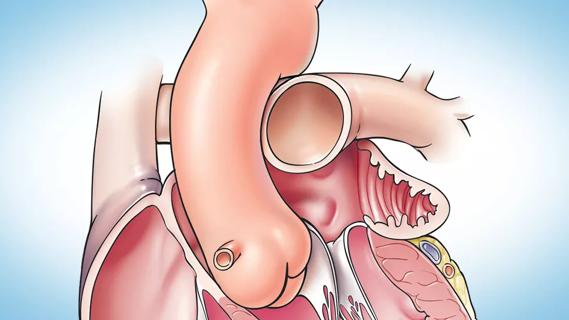
Concomitant AF ablation and LAA occlusion strongly endorsed during elective heart surgery
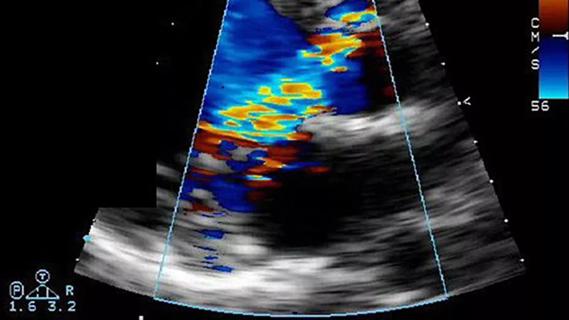
Residual AR related to severe preoperative AR increases risk of progression, need for reoperation

Volume-based experience and judicious patient selection are central to success

Four recent hires add bench strength and diversity to meet complex patient needs
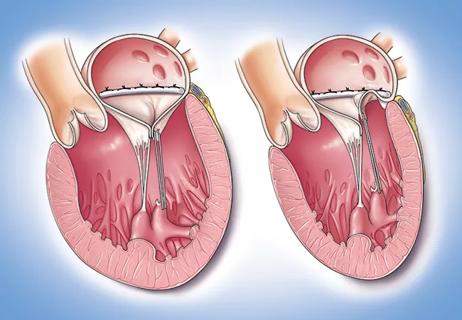
Cleveland Clinic series shows re-repair is feasible with excellent midterm results
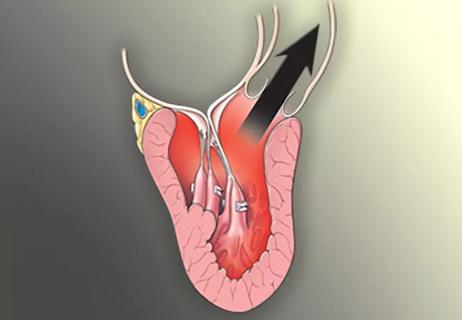
But improvements didn’t correlate closely with physician-assigned NYHA class, study finds
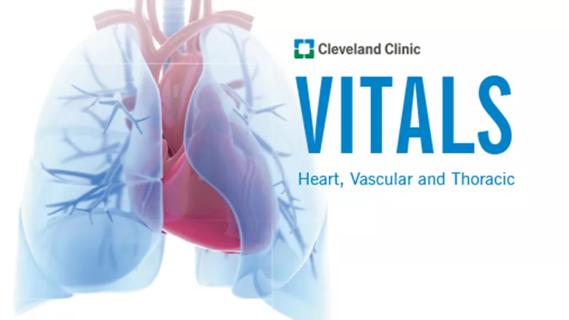
Check out our latest volumes and outcomes data